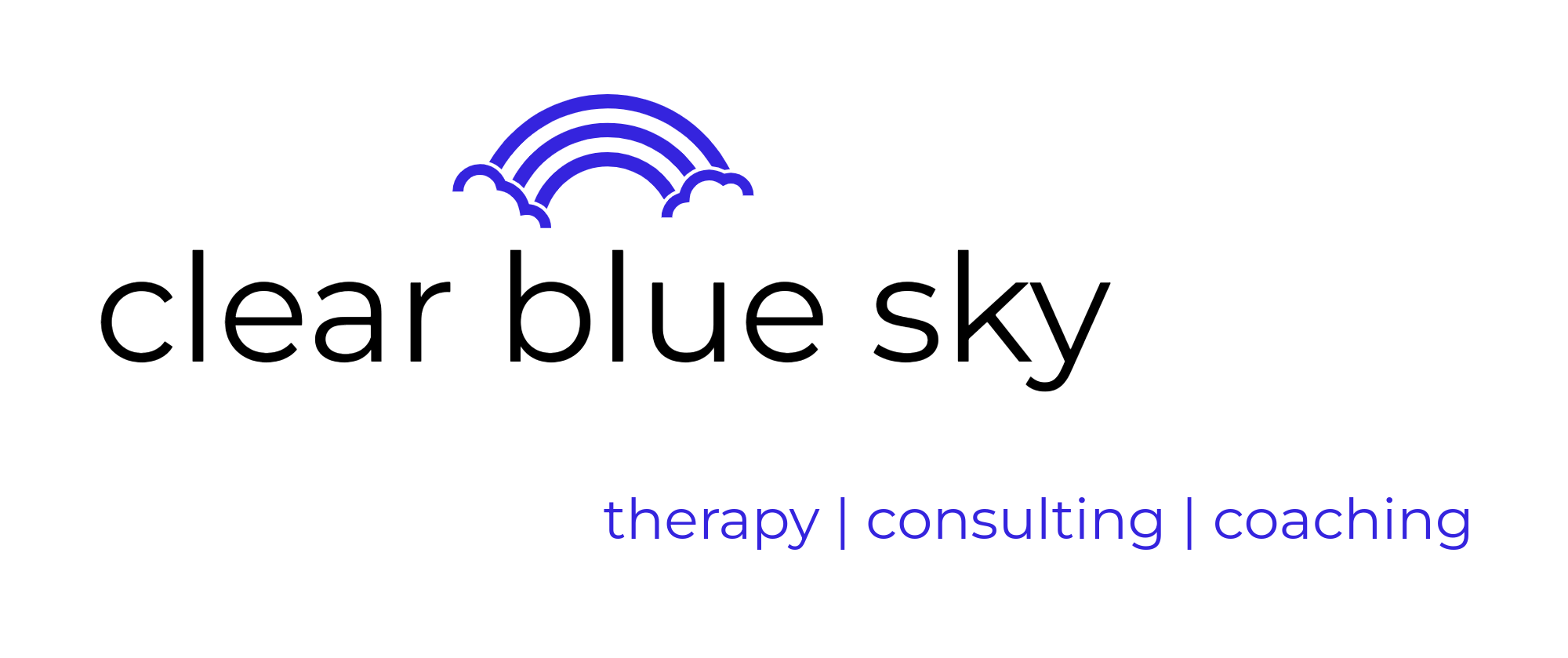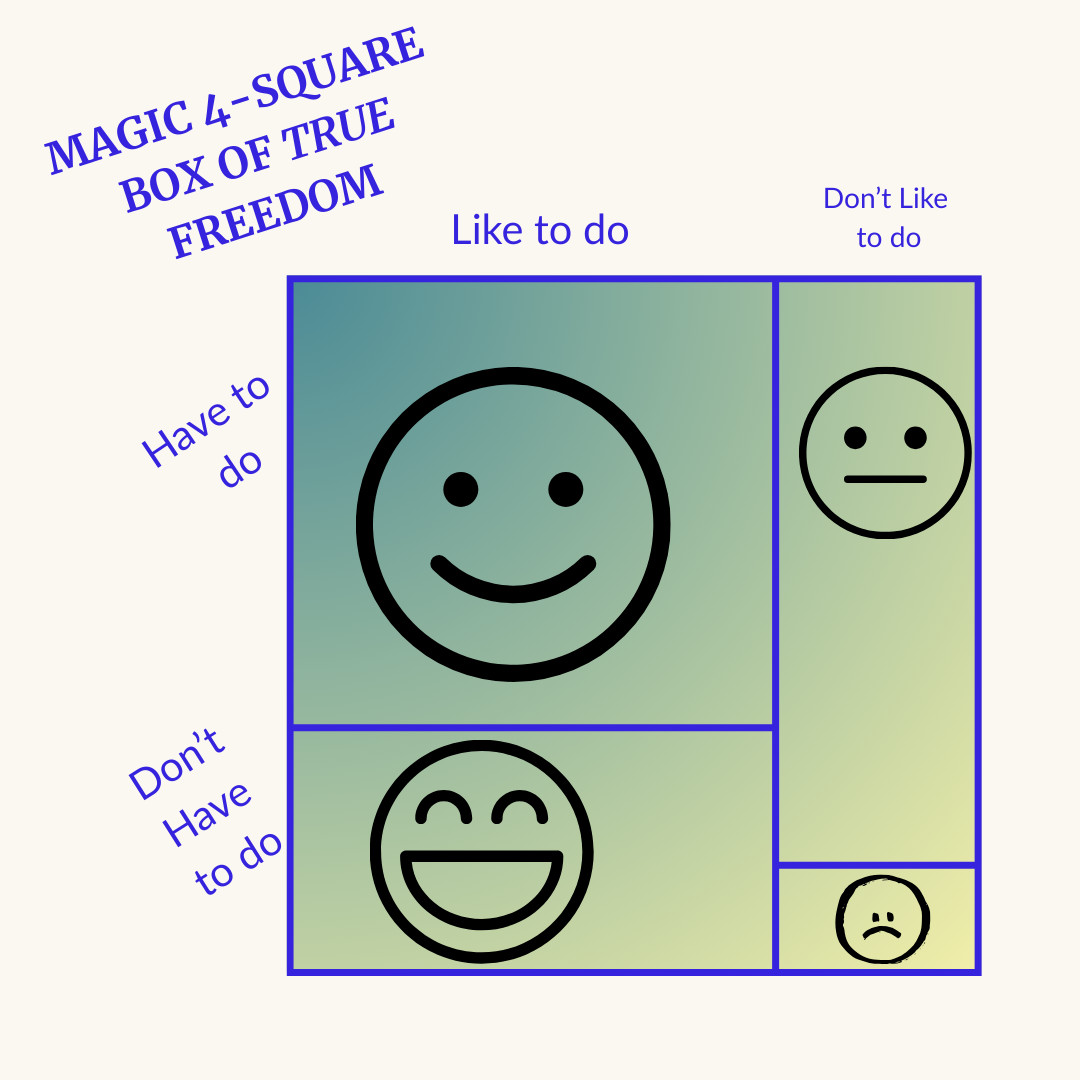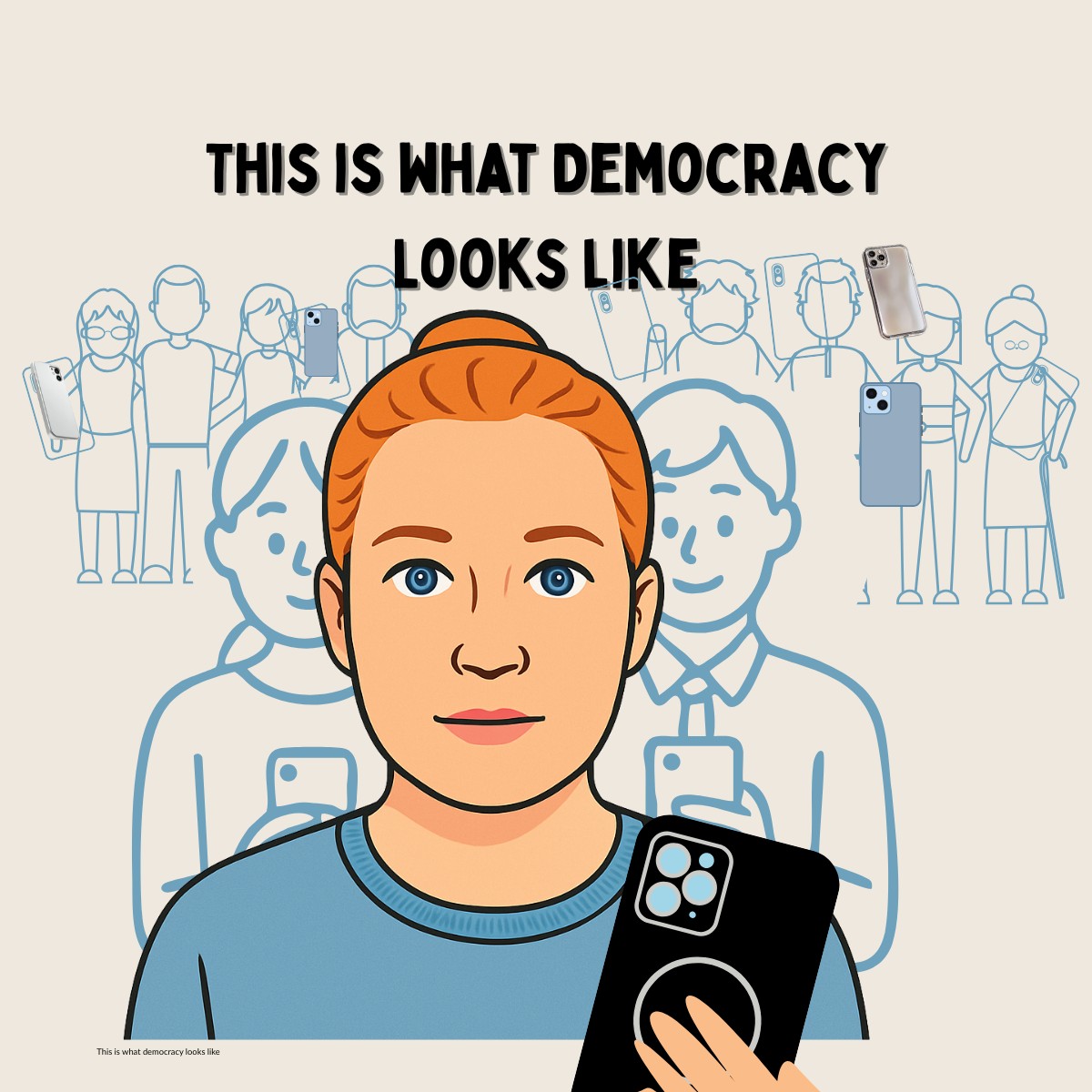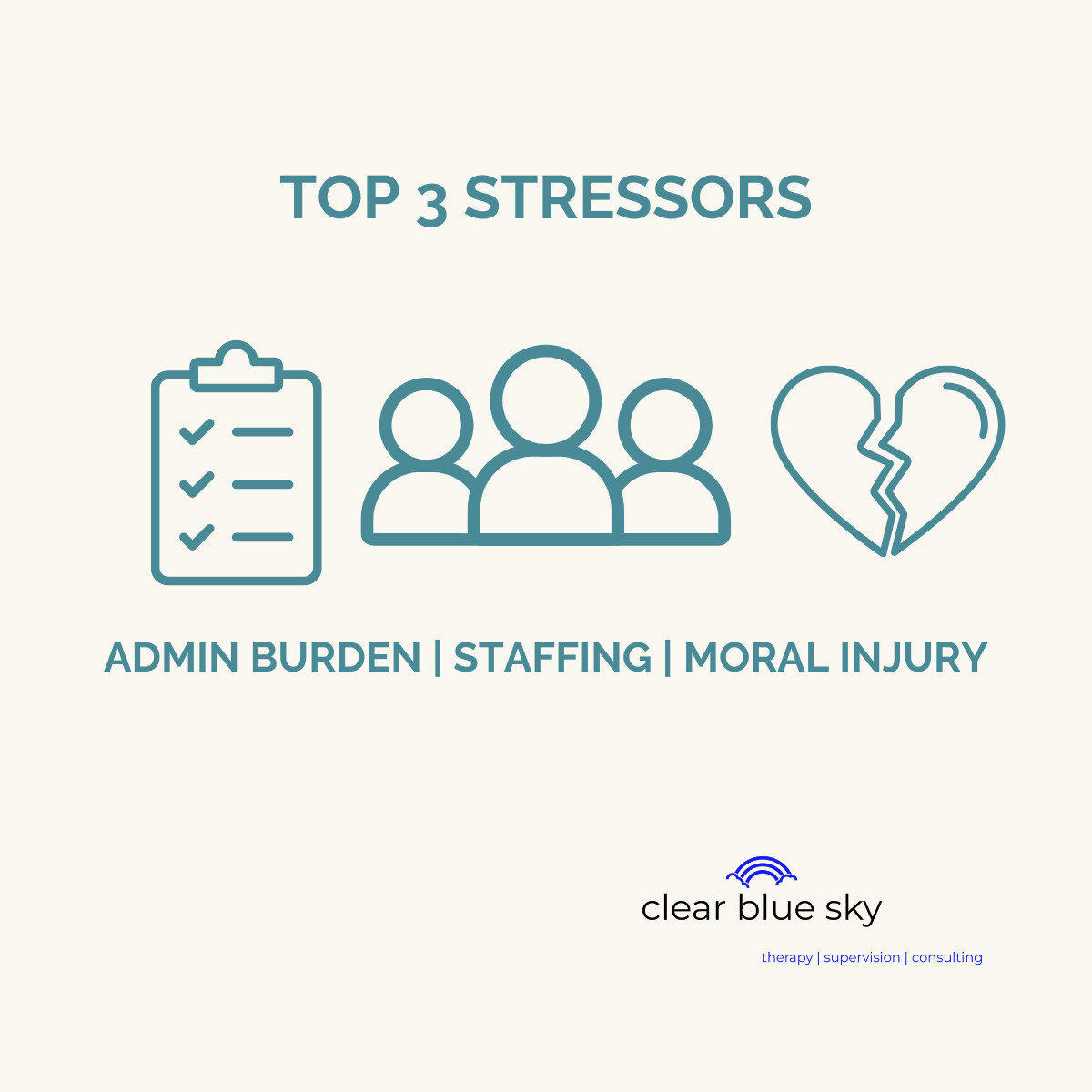Shifting Perspective and Embracing Authenticity
This month we're focusing on shifting perspective and embracing authenticity.
Clinician's Corner: Shifting the Focus
It’s human nature to zoom in on what’s not going well—the uncertainty of change, the daily frustrations, the moments that feel heavier than they should. And let’s be honest, venting with others can feel weirdly bonding. There’s actual neurobiology behind it, so no need to beat yourself up.
But here’s the thing: we can choose where we focus our attention.
That old phrase, “you don’t know what you’ve got until it’s gone”? It doesn’t have to be inevitable.
The Challenge: This week, keep a written list—somewhere easy to access—of what’s going well, what you’re thankful for, what’s good in your life. When you catch yourself slipping into frustration or negativity, refocus on that list.
And if you notice negativity fueling conversations at work, try breaking the pattern. A shift in energy—even a small one—can change more than just your mindset. It can influence the whole culture around you.
Give it a try and see what happens.
Let’s Get Into It: Now You Know – Drop the Therapist Persona
Listen, if you’re putting on some polished “therapist voice” or using words you don’t fully understand, your clients know—and so does everyone else reading your documentation.
Supervisors, second signers, attorneys (should they ever come knocking)—they can all tell when language is being forced for effect.
So here’s the deal: lose the act.
Of course, maintain professionalism (even if, like me, you sometimes struggle to find a G-rated alternative for the perfect word). But be yourself. Show up as the version of you that can hold space, offer insight, and communicate in a way that resonates.
Don’t perform therapy. Do therapy.
Therapy works because of who you are in the room, how you respond, and how you meet a client’s needs. If you focus on that—on making clarity and connection the priority—your authenticity will land far better than any script ever could.
Now, let’s talk about clients. You won’t be the right therapist for everyone. And that’s okay.
Actually, it’s more than okay—it’s essential. Trying to make it work with a client who isn’t a good match is exhausting for everyone.
So give clients permission upfront to decide for themselves if you’re the right fit. Say it early:
"If we continue working together, here’s what I’ll hope for from you—and here’s what you can expect from me."
"If we continue working together, here’s what I’ll hope for from you—and here’s what you can expect from me."
When expectations are clear and permission to opt out is built in, you create a space where the right therapeutic relationships can thrive—and where you can truly show up as yourself.
Let me know what you think—hit reply or drop a comment below.
On The Horizon: Late Summer/Fall Knowledge Base – Documentation
If documentation feels like a chore, you’re not alone.
But when you know exactly what’s needed—and what isn’t—you can cut out the guesswork, reclaim time, and make the process work for you instead of against you.
That’s why we’re putting together the next Knowledge Base—a practical, no-nonsense guide to documentation requirements across different settings.
Less frustration. More confidence.
Join us this fall and get the clarity you need to streamline your documentation without the overwhelm. Get on the List
Thanks for reading! I love diving into these topics with you, and I hope something in this newsletter sparked a fresh perspective or a helpful shift. If you have thoughts, questions, or topics you’d love to see covered in future newsletters, just hit reply—I’d love to hear what’s on your mind!
Sign up for my Blog and get new posts right to your inbox:















0 Comments